This article explores Southwest China, an exotic area and home to many Chinese people. Here, we discuss extensively the provinces and the cities that makeup Southwest China, and we also discuss the animals that inhabit the region.
Southwest China is a territory towards the southern part of the People’s Republic of China. Primarily, it was and still is known as Southwest China because of the relation of its location to the history of China proper. Based on its geography, it is a rugged and mountainous area that transitions between the Chinese coastal plains to the east and the Tibetan Plateau to the western side. In Southwest China, you would come across spectacular geographical features such as the Karstic Yungui Plateau towards the east, the Hengduan Mountains in the west, and the Sichuan Basin in the North. Also, a great part of the region is drained by the Yangtze River, which features 3 Gorges towards the northeast side of the territory.
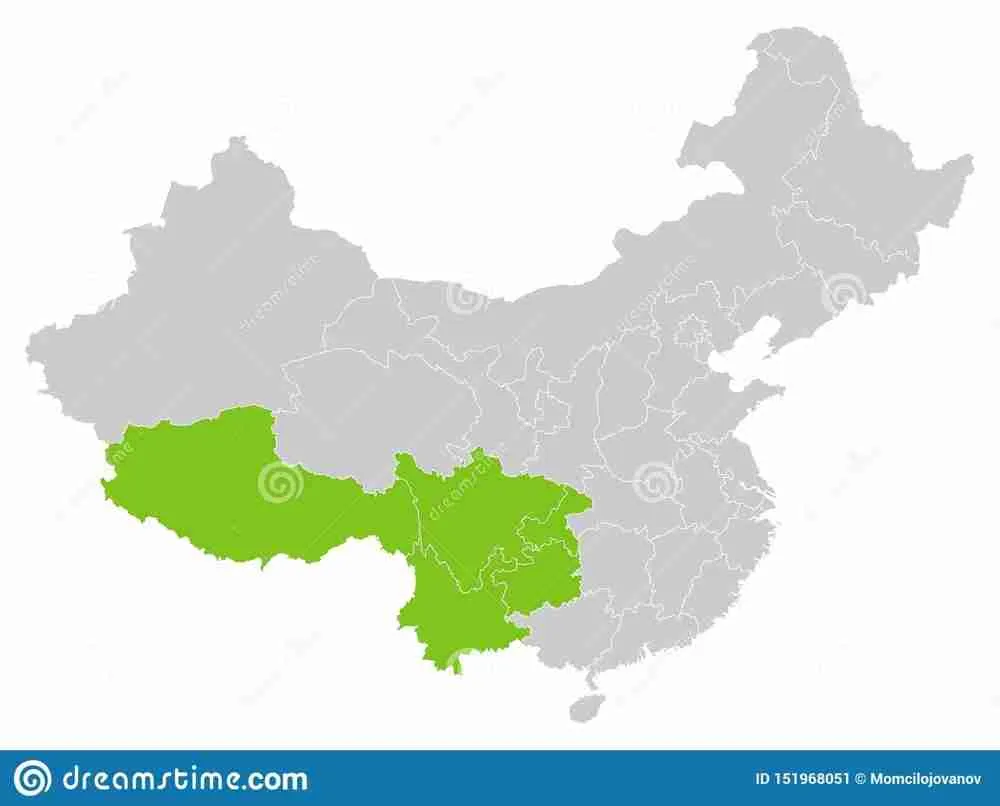
What animals are found in Southwest China?
Considering its massive landscape, Southwest China is home to a great variety of wildlife. The animals that live in Southwest China are;
The Giant Panda

Giant pandas are part of the bear family, and they hide in dense forests in the rainy and misty mountains of southwestern China. The giant panda is a very rare mammal, and its body is covered by a thick black and white coat, with black fur all over its legs, muzzles, eyes, long wrist bones, and shoulders. It primarily feeds on meat and plants, and the majority of its diet is composed of bamboo.
The Golden Snub-Nosed Monkey

This is a very rare monkey species that can only be found in central and southwest China. It is also known as the Sichuan snub-nosed monkey, and out of the 3 species in its family, the golden snub-nosed one is widely distributed around China. It is primarily herbivorous and feeds on lichens as its main source of food. It is easily adapted to snow and colder average temperatures as compared to other mammals.
The Asian Elephant

Contrary to the African elephant, which is quite massive in size, the Asian elephant found in Southwest China is quite small and has smaller rounded ears which keep their body cool through radiation. They are considered the continent’s largest terrestrial animals, and unlike the African elephants, they have a single finger on the upper lip. Considering the intensity of ivory poaching in the area, you will find that most of the males have no tusks.
The Clouded Leopard
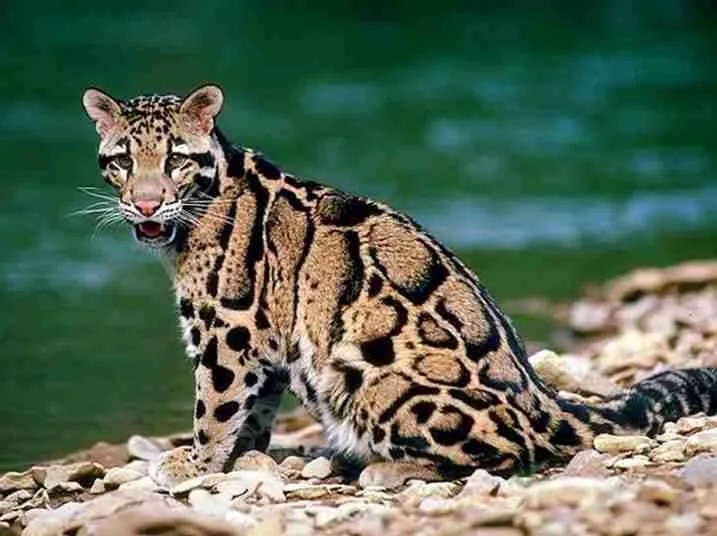
The clouded leopard is a wild cat that is pretty good at swimming and inhabits the dense forests in Southwest and South China. It is a vulnerable species and is seldom seen in the wild. They are good climbers and have very powerful legs that contribute to their speed. Also, they have very sharp eyesight that enhances their hunting power.
The Pallas Cat
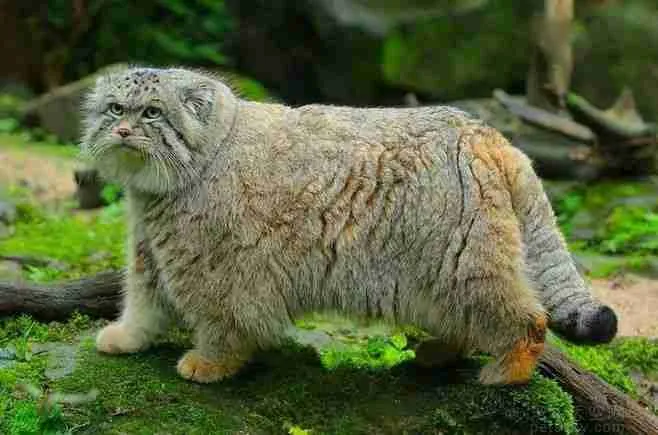
The Pallas cat is a small wildcat that lives in different parts of Southwest China and has a dense coat that makes it look much bigger than the regular domestic cat. Its coat keeps it warm during the cold seasons, and its color changes depending on the season. During the cold season, the fur turns grey; and the body hair becomes much heavier and longer, while it turns fox-red in the spring. Its face seems a little flat, and it has wide eyes with a massive forehead.
Southwest China Provinces
Southwest China is quite big, hence it is broken down into smaller provinces for easier administration. The official government definition of Southwest China identifies Yunnan, Chongqing, Guizhou, and Sichuan as the core provinces, and also recognizes the Tibet Autonomous Region as one of them despite the fact that it wasn’t traditionally included as a core part of the region. The provinces of Southwest Chine are;
Chongqing Municipality
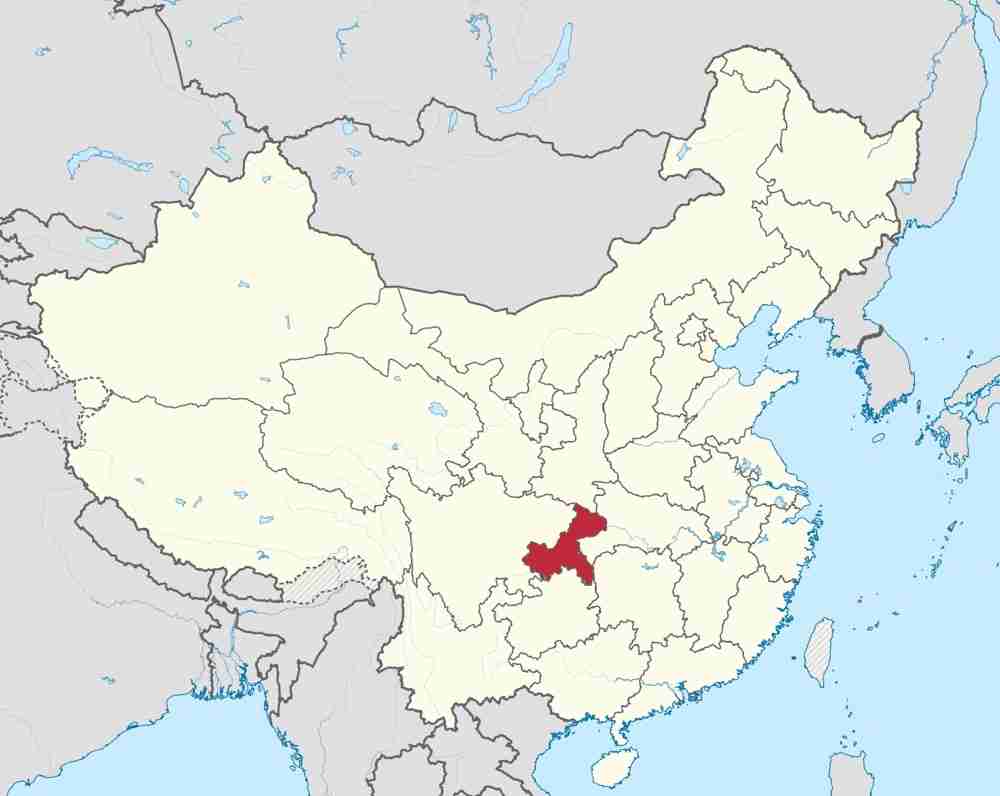
Chongqing municipality is among the 4 direct-controlled municipalities in China, the other 3 being Tianjin, Shanghai, and Beijing. It is the largest by area and the only one that is the farthest from the coast. Previously it was under the administration of Sichuan province, but in 1997 it was separated from the province and became a provincial-level municipality. It is a major transportation and manufacturing center and is an important economic hub in the region.
Sichuan Province
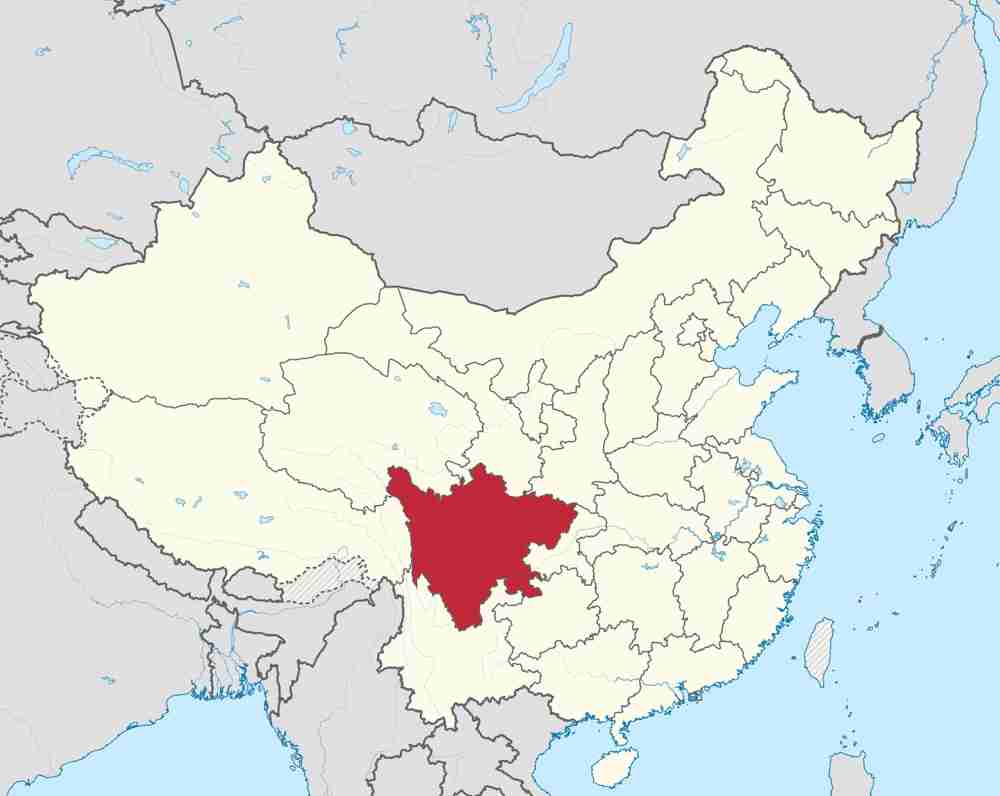
Sichuan is a landlocked province and is the 4th most populous province in China. It is famous for giant pandas and extremely spicy food. The name Sichuan means ‘4 rivers’, which refers to Rivers Min, Jinsha, Jialing, and Tuo, which flow through the province. During the great Chinese Famine, the province suffered greatly and faced a serious economic decline. But, after a few economic reforms, it has been able to get back on track and actively contribute to China’s economy.
Guizhou Province
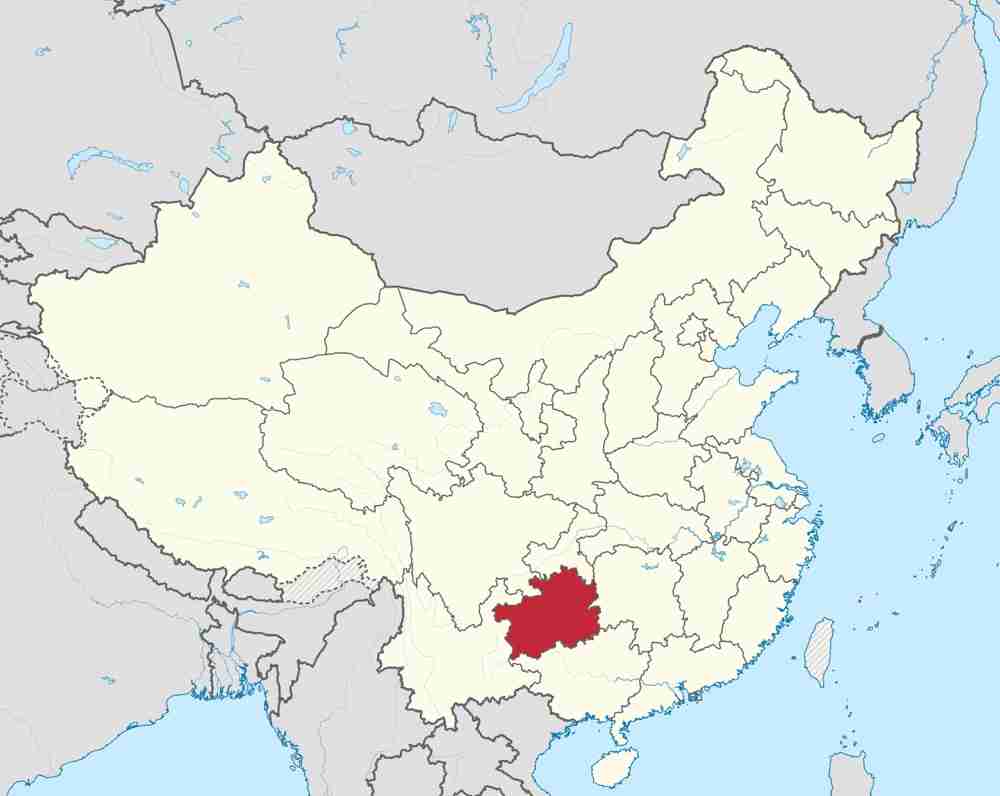
Guizhou is a landlocked region that was made a province in 1413 during the Ming dynasty. When compared to all the other provinces in the different Chinese regions, Guizhou province has not benefitted much from the economic reforms. It has plenty of cultural, natural, and environmental resources which are ready for exploitation. Its energy and mining industries are at the core of the region’s economic development, and the natural industry includes timber and forestry. Despite these resources, it remains a poor and economically underdeveloped province with one of the lowest GDPs in China. Paradoxically, it is a fast-growing economy that can develop even faster as a data hub.
Yunnan Province
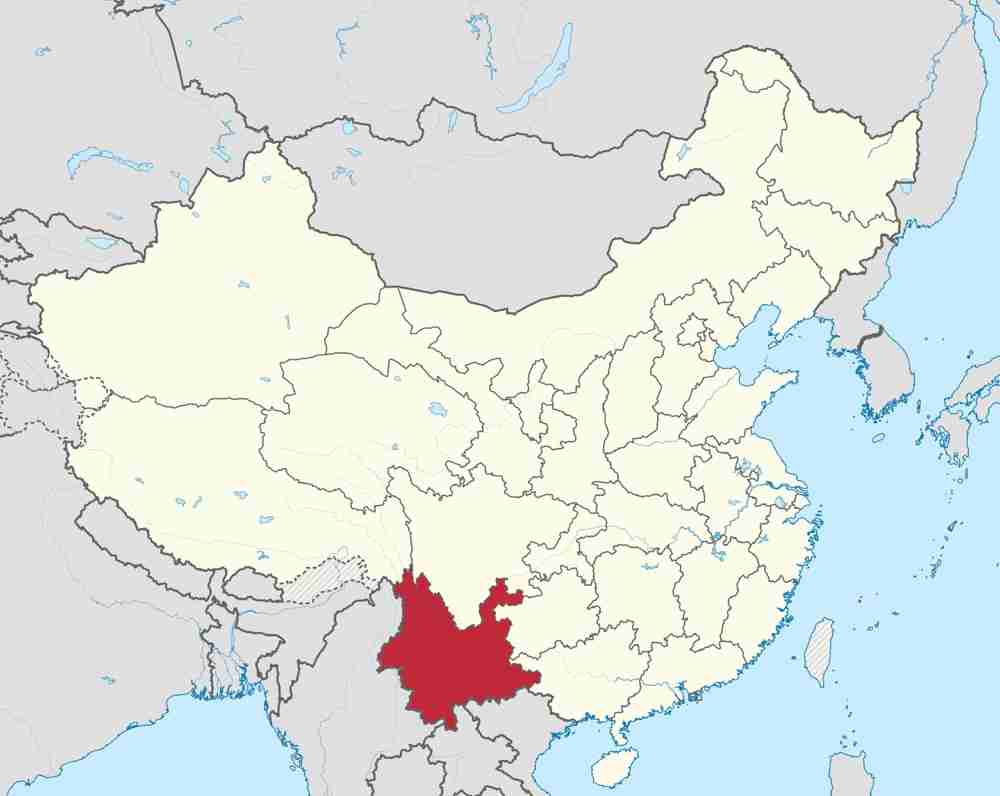
Yunnan province is home to approximately 25 of the 55 ethnic minorities of China. It is rich in natural resources and features the largest diversity of plant life in China. It also has major reserves of lead, tin, zinc, and aluminum, which are the largest in China, and other major reserves of nickel and copper. These reserves actively contribute to the economic development of the region.
Tibet Autonomous Region
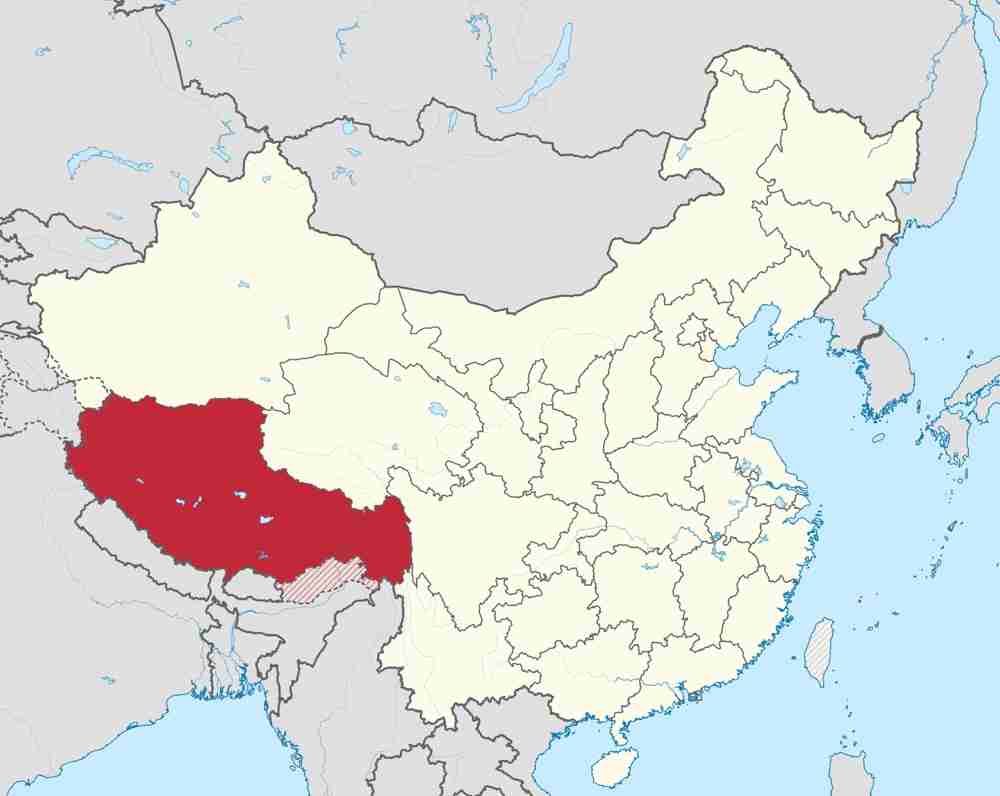
The Tibet Autonomous Region is commonly known as the ‘roof of the world’, and it occupies a large area of mountains and plateaus, including Mt. Everest. Back then, it was greatly secluded from other regions in the world, hence very little economic development. The region is very rich in mineral resources but remains underdeveloped. There are significant efforts by the Chinese government to improve its power-generating capacity as a way of developing the nation’s economy at large.
Cities in Southwest China
Aside from being a province, Chonqing is also a city in Southwest China. The other 3 cities in Southwest China are:
Chengdu
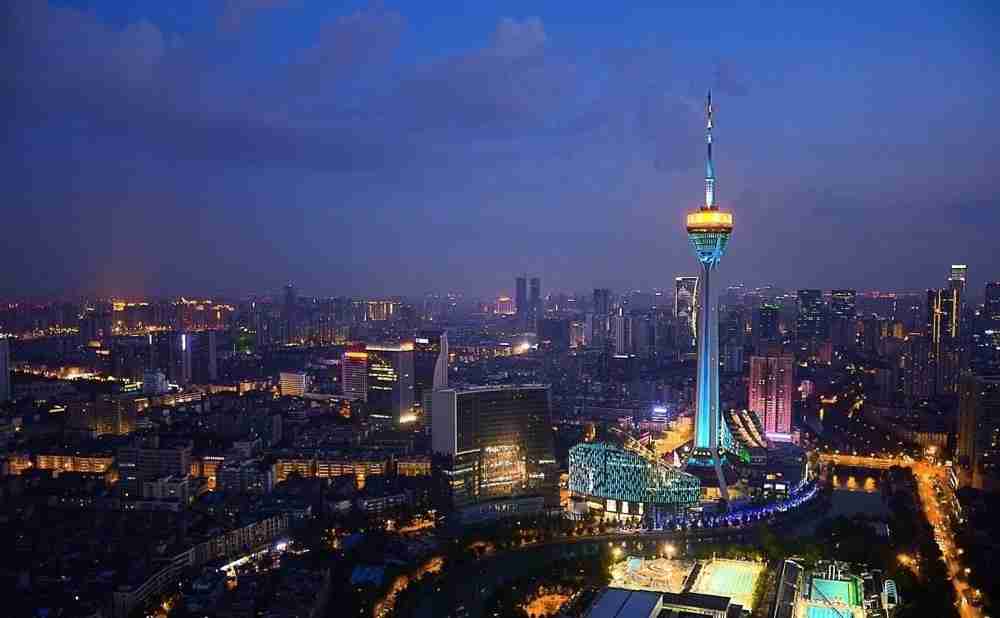
Chengdu serves as the capital city of Sichuan province, and it is one of the most populous cities in Southwest China. Along with Barcelona and Washington, D. C, Chengdu is considered a world city with Beta+ classification, as identified by the Globalization and World Cities Research Network. The Jin river flows through the city, and it features an ancient irrigation system known as The Site of Dujiangyan, which is designated as a World Heritage Site. It has maintained its name throughout the republican, imperial, and communist eras. Currently, it is one of the most important financial, economic, transportation, communication, commercial, and cultural centers in Southwestern China. It has a diverse economy characterized by food, information technology, medicine, automobile, and the machinery industries. It houses the 6th biggest railway station in China and one of the 30 busiest airports in the world. Also, it is the seat of the Western Theatre Command Region of the Chinese People’s Liberation Army. The city is home to the Chengdu Research Base of Giant Panda Breeding, which is why it is associated with the giant panda, a Chinese National Symbol.
Kunming

Kunming serves as the capital city of Yunnan province and is an economic, political, and cultural, and communication center of the province and the main seat of the provincial government. During the Second World War, it was a transport terminus for the Burma Road, a Chinese military center, and an American airbase. It is home to several institutions of higher learning, and it has an astronomical observatory. Its geographical position actively contributes to its economic development as it remains an important trading and transportation hub in the region. Also, it houses manufacturing industries, including the production of copper, paper, textiles, and cement. You are likely to find several sports centers and luxury hotels in Kunming as well as many other tourist attraction sites.
Guiyang
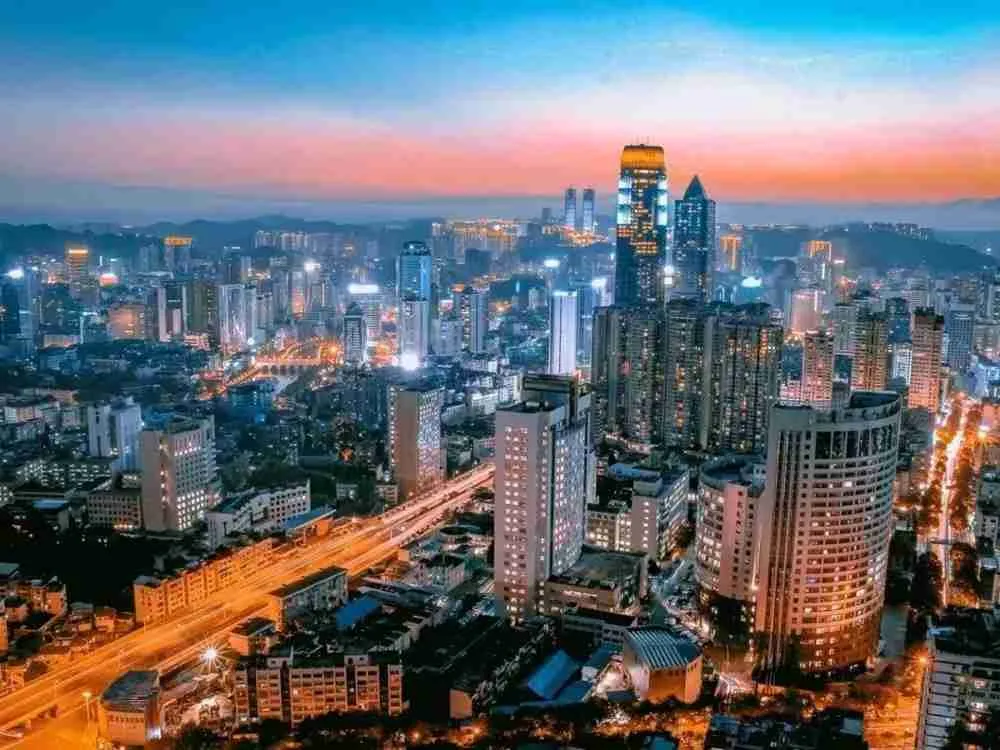
Guiyang serves as the capital city of Guizhou province and is surrounded by mountains and a forest. It has a humid subtropical climate and is home to the Bouyei and Miao ethnic minorities. It has a diversified economy and is a center for phosphate mining and aluminum production. Currently, it is growing as a local innovation hub following its targeted investments into big data since 2015. Also, it is recognized as one of the top 500 science cities in the world based on scientific research outputs.
Conclusion
In general, Southwest China is described as the most exotic area of China as it is home to several minority ethnic groups. It has many common characteristics with Northwest China, including the fact that both are less prosperous than the southern coastal and eastern regions of China. Even so, it is home to a variety of wildlife, which makes the region a great tourism environment.
